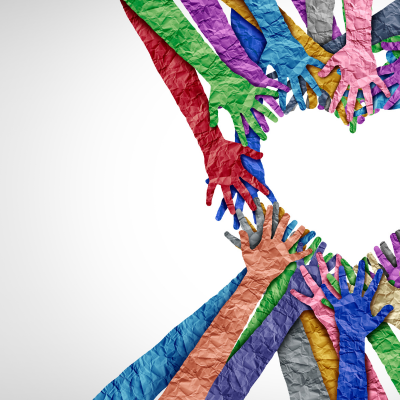What is work-based learning?
Work-based learning represents real-life work experience for college students. This approach is a hands-on method that educates students in preparation for their future career endeavors. However, it seems that in a majority of cases, students lack awareness of educational resources and work experience opportunities. According to the McGraw-Hill 2018 Future Workforce Survey, less than 50% of college students will claim confidence in their preparedness for transitioning from college to career. In the classroom they may gain time management skills, critical thinking abilities, effective group communication, and even presentation skills while their work-force skills are under developed. These work-force skills include resume writing, job interview conduct, job searching and networking, holistic analyzation of issues, as well understanding the use of common workplace technology. This is a growing trend as a high percentage of students believe their college courses are the most productive elements of their professional training. Furthermore, fewer students are accessing instructors and career centers that are equipped to provide them with the full circle of resources that may better prepare students for their transition to the work-force.
There are many types of work-based learning programs that students can take advantage of:
- Internships
- Apprenticeships/Mentorships
- Job Shadowing
- Industry Field Trips
- Service learning
- Cooperative Education
- Entrepreneurial Experiences
Why is work-based learning so successful in better preparing students?
Work-based learning programs allow students to apply not only academic but technical knowledge.
The same McGraw-Hill survey found that, 77% of students perceive themselves as confident in their work ethic, teamwork, collaboration abilities, and professionalism. Meanwhile only 43% of employers agree that students fresh out of graduation will truly meet the standards employers are seeking. At times there are industry skills that college courses simply cannot teach through a lecture, textbook, or assignment. Learning outside the classroom is a beneficial experience for college students. In work-based learning structures, students face situations that require adaptive strategies to navigate work environment expectations as well as gain insights into their career life post-degree. Just as it’s important before exercising, we warm up by stretching to avoid unnecessary injury. It is true that it is possible to skip the stretches and dive right into the workout, however the chances of an instant or unnoticed injury in the making results in a major setback for the efficiency of any future work outs. If a career is the workout, work-based learning is the warm up stretch. The period of stretching before jumping into that career workout strengthens students skills and job readiness and prevents employment setbacks. Essentially, students that participate in work-based learning are more likely to get their desired job in comparison to graduates that have yet to gain real-life experience.
Are students the only ones thriving from these programs?
The benefits of work-based learning extends beyond college students. Schools successfully achieve their mission preparing college students in entering the workforce with support and resources. By having a comprehensive workforce development program on campus and utilizing employment platforms such as Jobspeaker, campus’ contribute to the local community’s economic development. As a result, employers gain a skilled and qualified candidate that takes less time on the job-training and more time contributing to the company’s growth. All together, work-based learning strengthens the bridge of educational Institutions, students, and employers to create a thriving job-ready labor force.
2018 McGraw-Hill Education Future Workforce Survey:
https://www.mheducation.com/future-workforce#mkto

